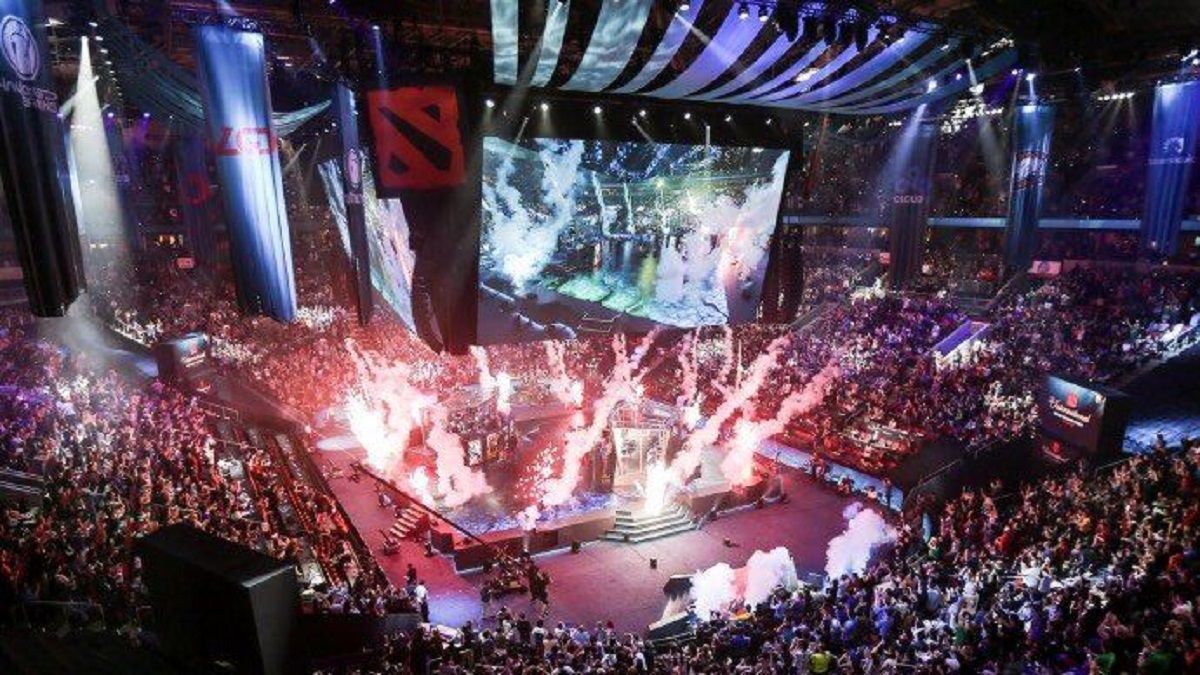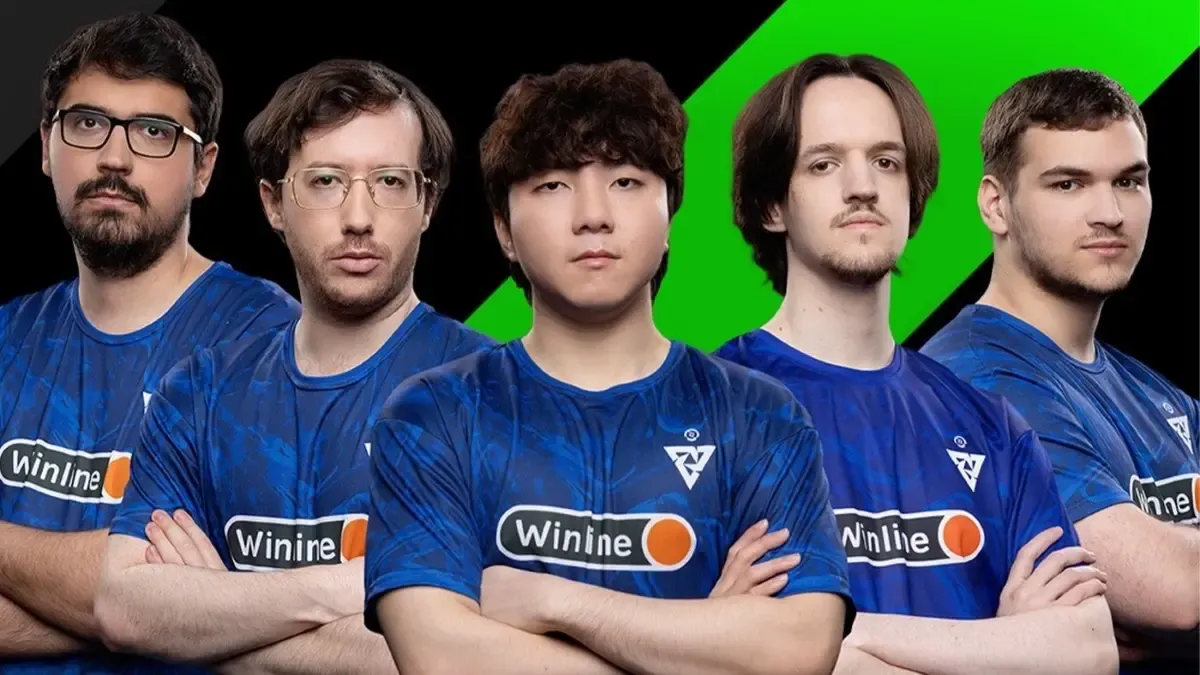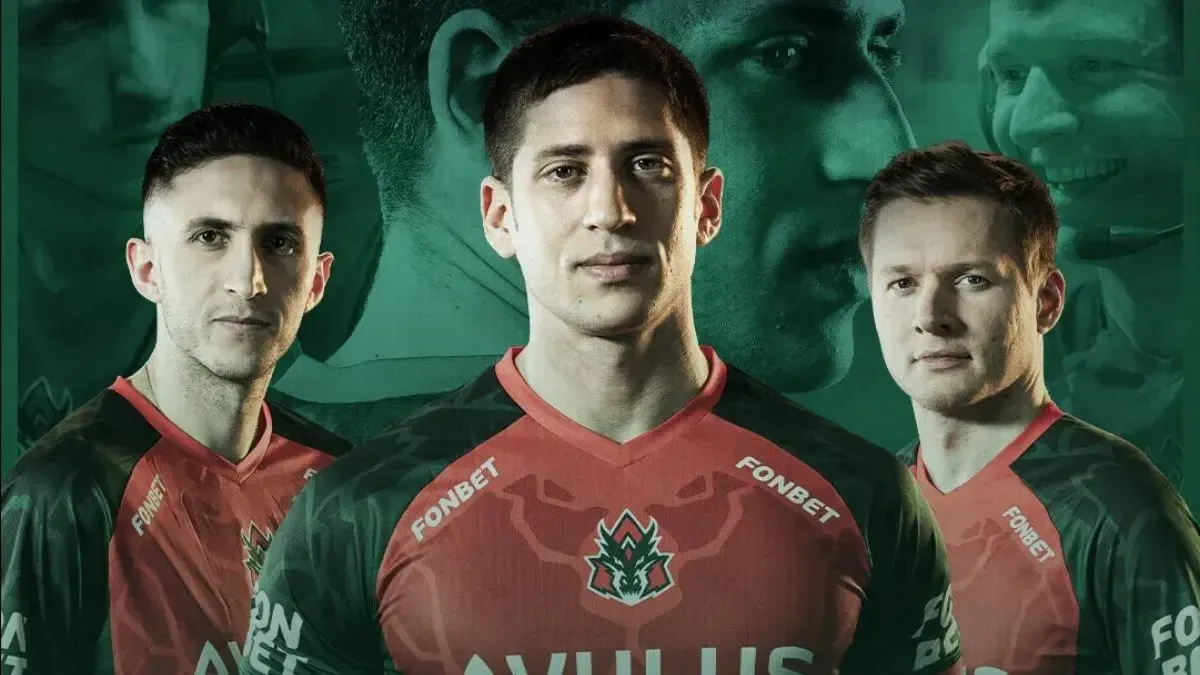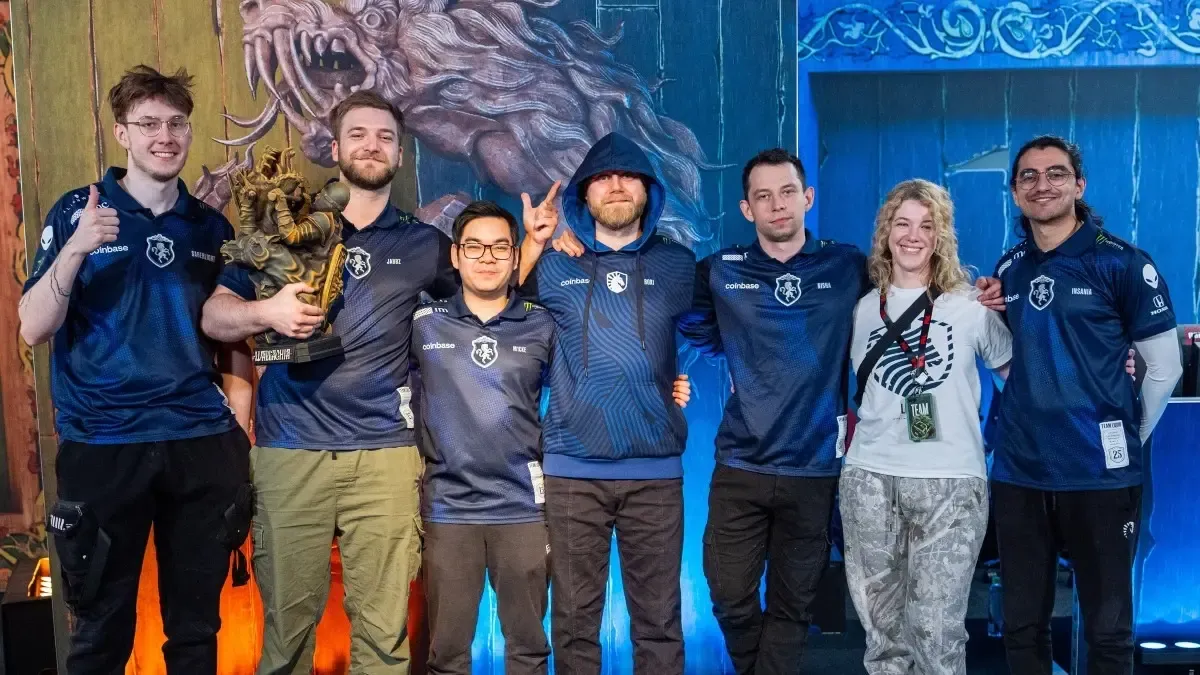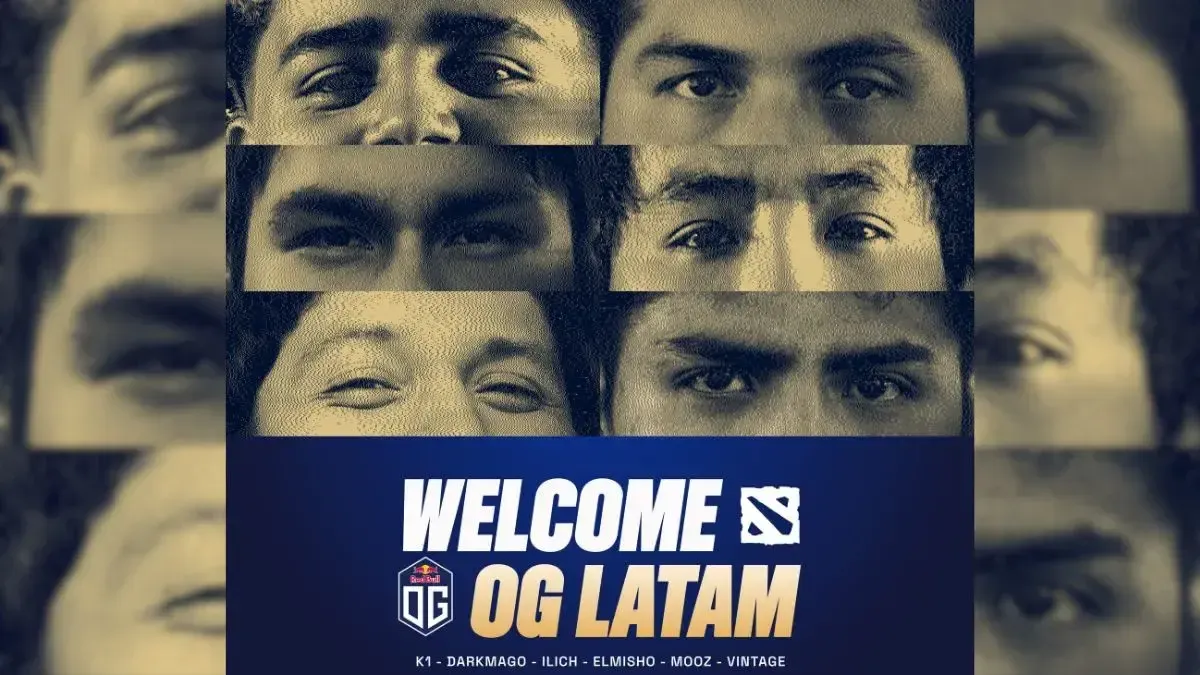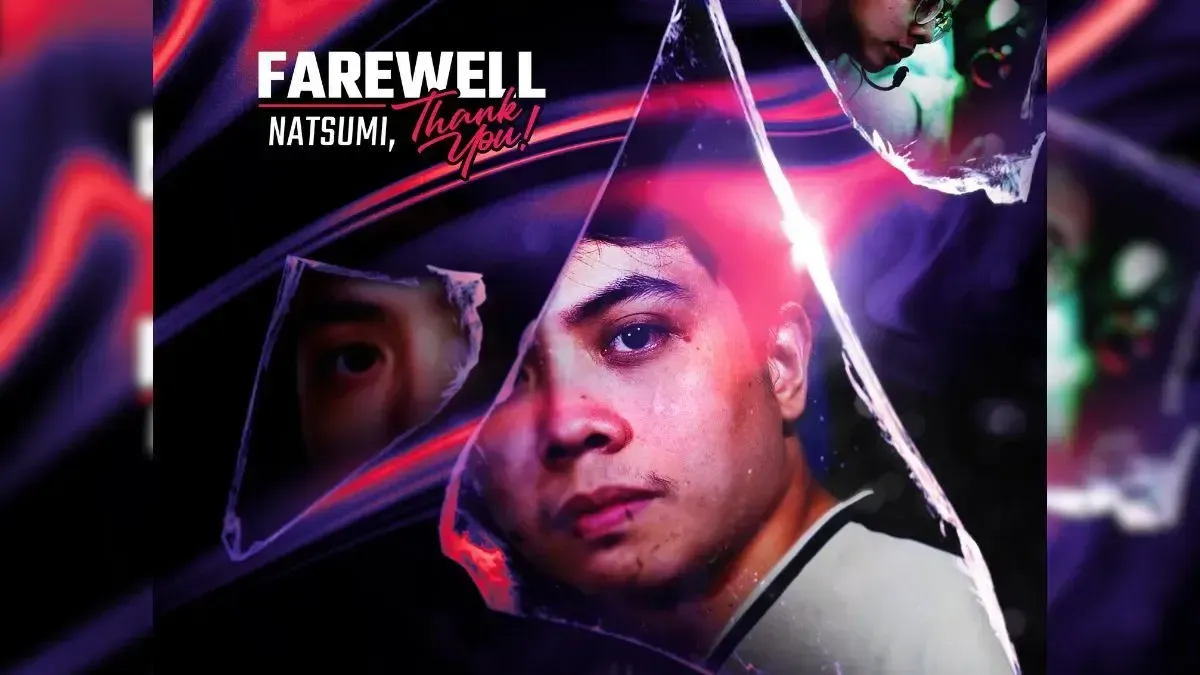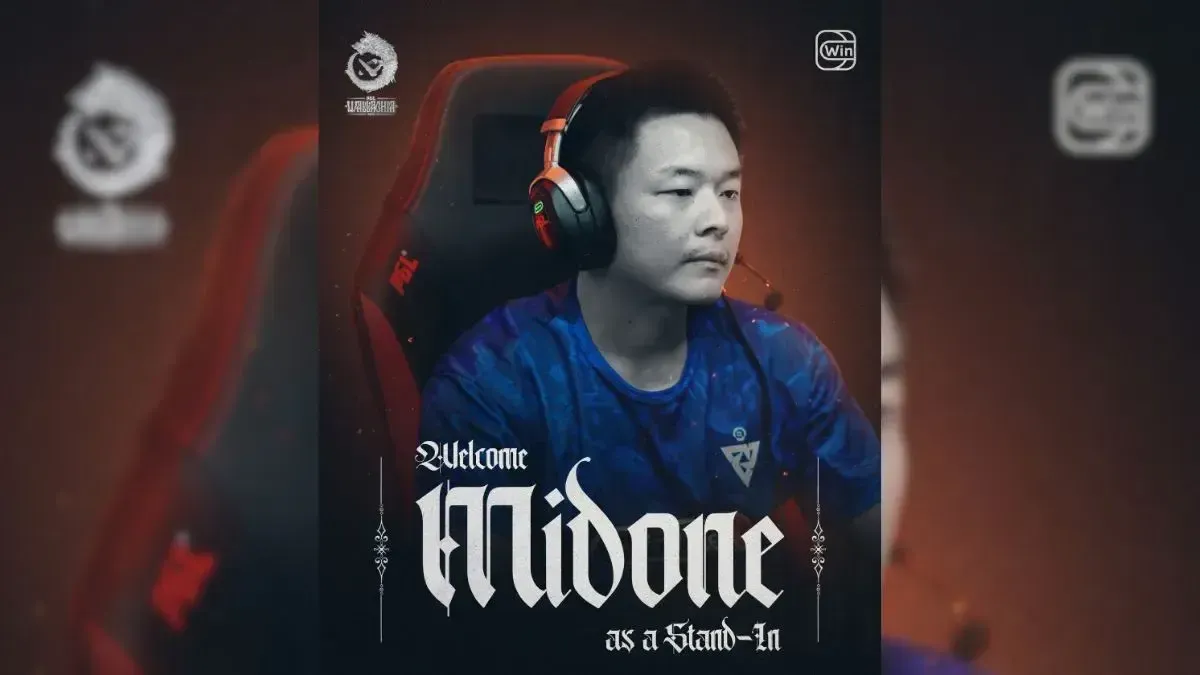Valve has announced big changes to DPC season starting after The International 2020 as the system changes to a regional league format.
After information had been leaked last month about changes for the next DPC season, Valve has released the big changes that are in store for teams, talent, and fans.
The biggest shift is that the DPC season will take on a regional league format. By putting this in place, everything else that we once knew about the DPC has changed and once again has evolved to address the needs and concerns raised by teams, players and the community.
The Pro Circuit, which started as the Major system in 2015-2016 after TI5, was originally intended to implement a clear infrastructure, alleviating much of the uncertainty and apprehension regarding participation in The International for teams, allowing teams to make better and more informed decisions regarding their participation in events, created an establishment and standardization across the major events in rules and expectations and hoped to address the instability, player poaching, lack of commitment by teams, players and organizations.
It was a step and far from perfect, but each year Valve responded to criticism and feedback, implementing change after change. Consistently though, the biggest target that always seemed to be missed was creating an infrastructure and approach that fostered development for the Tier 2/3 scene or an effective pipeline for teams to advance into the upper echelon. The system was always top-heavy, funneling all money and resources into just the most elite teams and organizations time and time again.
Starting after TI10, the Dota Pro Circuit will introduce a new system that presents competitive Dota in a more scheduled and consistent way during the year and features a better structure for the development of Tier 2 and Tier 3 teams.
Everyone fasten your seatbelts, we're going into unchartered Dota 2 territories now.
Regional Leagues:
- Six leagues featuring a prize pool of $280,000 per season.
- Leagues will feature two divisions
- Eight teams in the Upper Division
- Eight in the Lower division
- A total of 96 teams participating across the world
- At the end of each season, two teams per division will be relegated to the other division
- Two bottom teams of the Upper Division will swap places with the top two of the Lower Division.
- The bottom two teams of the Lower Division will be eliminated from the league and replaced with two new teams coming from Open Qualifiers
- Leagues will be six weeks long
- Each region will consist of a full Bo3 Round Robin among all teams
- All matches will have consistent date and time slots throughout the year for each region.
- All Upper Division matches will be presented from studio broadcasts
- All Lower Division matches will be featured on DotaTV
Schedule:
Each region will have 3 competition days a week, the schedule will be as follows:
All times in PST
Each slot represents a best-of-three series
Upper Division
| Monday | Tuesday | Wednesday | Thursday | Friday | Saturday | Sunday | |
|---|---|---|---|---|---|---|---|
| 3AM | China | SEA | SEA | China | SEA | China | |
| 6AM | China | SEA | SEA | China | |||
| 9AM | Europe | Europe | CIS | CIS | Europe | CIS | |
| 12PM | Europe | CIS | CIS | Europe | |||
| 3PM | SA | SA | SA | ||||
| 6PM | NA | SA | NA | SA | NA | ||
| 9PM | NA | NA |
Lower Division
| Monday | Tuesday | Wednesday | Thursday | Friday | Saturday | Sunday | |
|---|---|---|---|---|---|---|---|
| 3AM | China | China | SEA | ||||
| 6AM | SEA | SEA | China | China | SEA | China | SEA |
| 9AM | CIS | CIS | CIS | CIS | |||
| 12PM | Europe | Europe | Europe | Europe | CIS | Europe | |
| 3PM | SA | SA | SA | NA | |||
| 6PM | SA | SA | |||||
| 9PM | NA | NA | NA | NA |
For the inaugural season, Valve will allocate the initial teams to the Upper and Lower divisions. Teams will also have to declare the region they choose to participate in (and be eligible for that region) before the season starts. Remaining slots will be filled through qualifiers after The International 2020 concludes.
Prize Distribution:
Upper Division
| 1st Place | USD 30,000 | 500 DPC points | Qualifies to the Major Playoffs |
| 2nd Place | USD 28,000 | 300 DPC points | Qualifies to the Major Group Stage |
| 3rd Place | USD 27,000 | 200 DPC points | Qualifies to the Major Wild Card Stage1 |
| 4th Place | USD 26,000 | 100 DPC points | Qualifies to the Major Wild Card Stage2 |
| 5th Place | USD 25,000 | 50 DPC points | |
| 6th Place | USD 24,000 | ||
| 7th Place | USD 23,000 | Relegated to Lower Division | |
| 8th Place | USD 22,000 | Relegated to Lower Division |
Lower Division
| 1st Place | USD 17,000 | Promoted to Upper Division |
| 2nd Place | USD 16,000 | Promoted to Upper Division |
| 3rd Place | USD 15,000 | |
| 4th Place | USD 11,000 | |
| 5th Place | USD 9,000 | |
| 6th Place | USD 7,000 | |
| 7th Place | Eliminated from Lower Division3 | |
| 8th Place | Eliminated from Lower Division3 |
1Only EU, CN, SEA and NA
2Only EU and CN
3Replaced by an Open Qualifiers Team
- Teams will need to have three or more players residing in an area in order to compete for the region.
- If a team decides to change regions, they will have to enter the region through open qualifiers and climb through that region’s Lower Division.
- Teams will be able to use a stand-in for up to 4 of their matches as long as that stand-in is either competing in a lower division or not competing in a league at all.
- For the duration of each season, from the beginning of the league until the end of the Major, all rosters will be locked.
- After the Major concludes and until the beginning of the next season, roster changes will be possible.
- Each player change will incur a 15% penalty on current points for that team.
Majors
The season will conclude with a Major tournament featuring 18 teams from all regions and sporting a prize pool of $500,000 plus DPC points.
The 18 participating teams are the top spots from each regional Upper Division. Regions will have a fixed amount of slots throughout the year:
Europe and China: 4 slots.
North America and Southeast Asia: 3 slots.
CIS and South America: 2 slots.
Majors Format
Wildcard:
- Six teams Bo2 round-robin
- The top two teams advance to the Group Stage
- Four teams get eliminated
EU League 3rd place
EU League 4th place
CN League 3rd place
CN League 4th place
NA League 3rd place
SEA League 3rd place
Group Stage:
- Eight teams
- Bo2 round-robin
- The top two teams advance to the Playoffs upper bracket
- 3rd - 6th place advance to Playoffs lower bracket
- Two teams get eliminated
EU League 2nd place
CN League 2nd Place
NA League 2nd Place
SA League 2nd Place
CIS League 2nd Place
SEA League 2nd Place
1st Wildcard
2nd Wildcard
Playoffs:
Format: 12 teams Double Elimination.
Upper Bracket:
EU League 1st place
CN League 1st place
SEA League 1st place
SA League 1st place
NA League 1st place
CIS League 1st place
Group Stage – 1st place
Group Stage – 2nd place
Lower Bracket:
Group Stage – 3rd place
Group Stage – 4th place
Group Stage – 5th place
Group Stage – 6th place
Prize Distribution:
| 1st Place | USD 200,000 | 500 DPC points |
| 2nd Place | USD 100,000 | 450 DPC points |
| 3rd Place | USD 75,000 | 400 DPC points |
| 4th Place | USD 50,000 | 350 DPC points |
| 5th Place | USD 25,000 | 300 DPC points |
| 6th Place | USD 25,000 | 300 DPC points |
| 7th Place | USD 12,500 | 200 DPC points |
| 8th Place | USD 12,500 | 200 DPC points |
At the end of the third season, the top 12 teams with the most DPC points will qualify for The International 2021. The remaining spots will be decided through six regional final chance qualifiers, each with the 8 best teams from each region that haven’t been invited to TI.
There won’t be open qualifiers to TI.
Dates
The dates for each season are as follows:
S1 Fall League: Oct 5th – Nov 15th
S1 Major: Dec 7th – Dec 19th
S2 Winter League: Jan 4th – Feb 14th
S2 Major: Mar 8th – Mar 20th
S3 Spring League: Apr 12th – May 23rd
S3 Major: June 21st – July 3rd
Dates outside of this range will be available for third party tournaments.
Based on the above information, it seems that the first season will start on October 5th, giving the teams more than a month after The International 2020 before competing again. This might help with addressing the lack of an official off-season and seeing more of the TI/top teams competing in the first season.
As expected, the biggest critics seem to be those from the top teams/organizations
For the most part, the changes seem to be met with a positive initial response from the community. Most seem to think this is the step in the right direction, even if there will be a few wrinkles to iron out as it gets implemented.

